Tea towels became fashionable in 18th century England when society ladies embroidered linens to use while serving tea. Today, many people enjoy collecting decorative tea towels, including Fée Halsted, the founder of Ardmore, who designs whimsical tea towels inspired by their ceramic art.

Morning Tea Engraving after P. Mercier
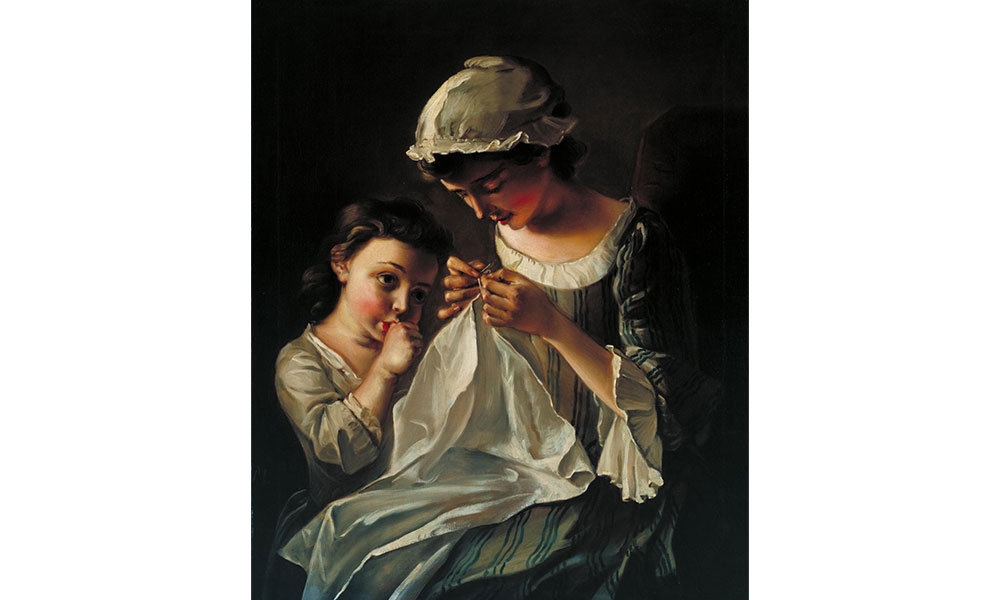
Lady Sewing by P. Mercier
Ladies often preferred to dry their valuable tea services themselves rather than trust their maids with their delicate china. The soft cloths were also used as elegant tray cloths, to handle hot teapots and keep baked goods warm.

Bush Bandits Tea Towel

Fée Halsted and Sydney Nyabeze
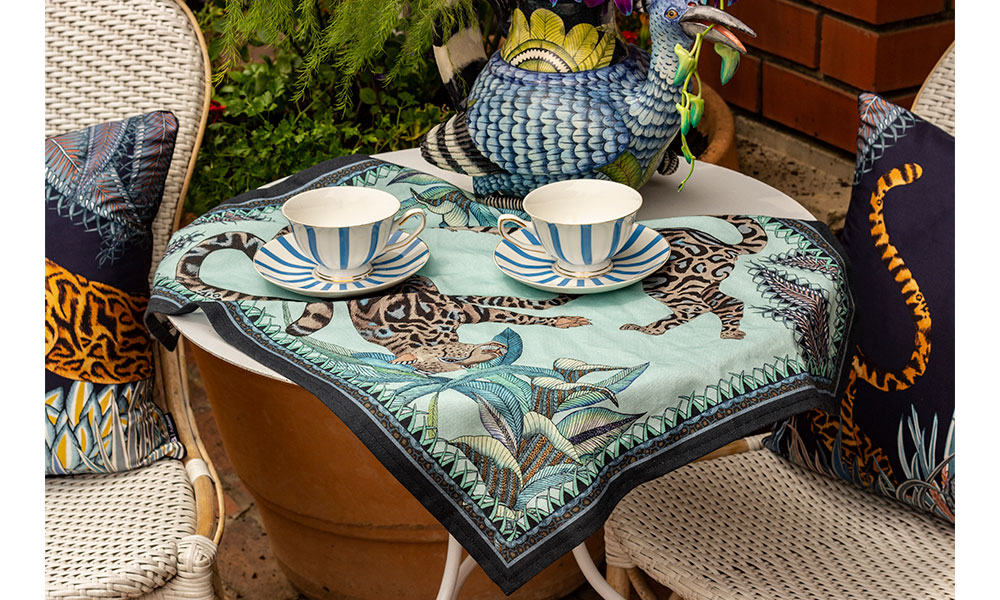
Sabie Tea Towel
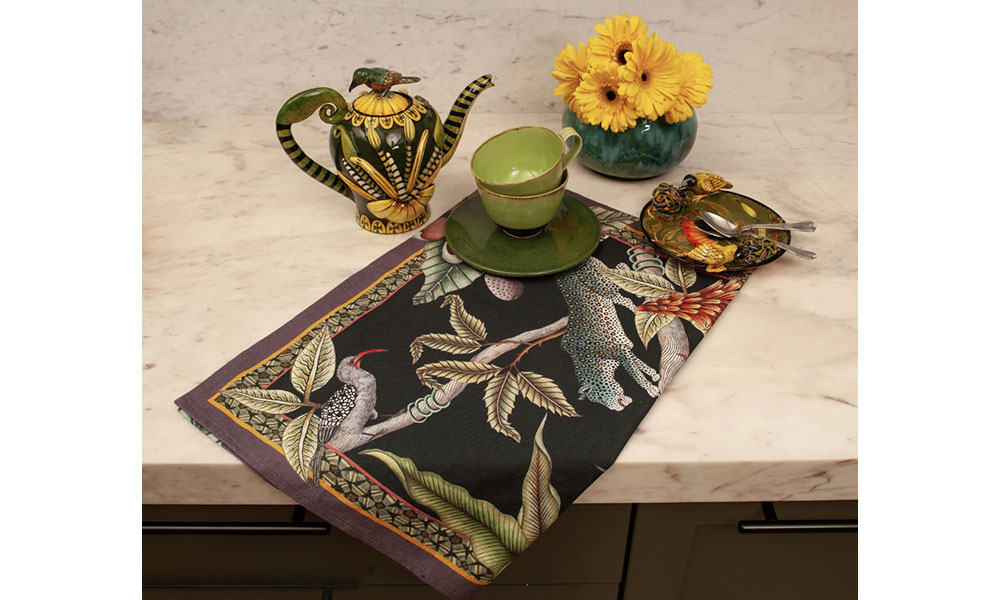
Pangolin Park Tea Towel
Tea towels often became family heirlooms that were handed down through the generations. As the beverage grew in popularity throughout Britain and America, absorbent cotton and linen towels were commercially available, and tea towels became household essentials for drying dishes, wiping up spills and other kitchen tasks.
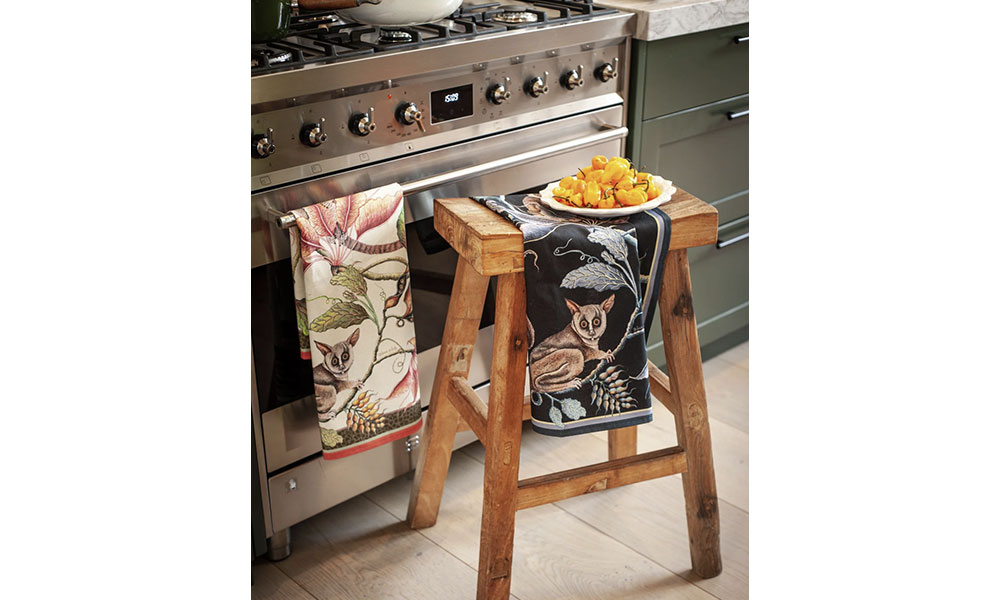
Bush Baby Tea Towels

Bush Baby Tea Towel
During the Great Depression, many women were reduced to using recycled flour sacks for toweling but still proudly embroidered initials and other motifs in the course fabric. Today, favorite tea towels are hung within easy grasp around the kitchen, but Ardmore designs are too beautiful to be hidden away and are often used as functional art around the home.

Lovebird Leopard, Monkey Paradise and Bush Bandits Tea Towels
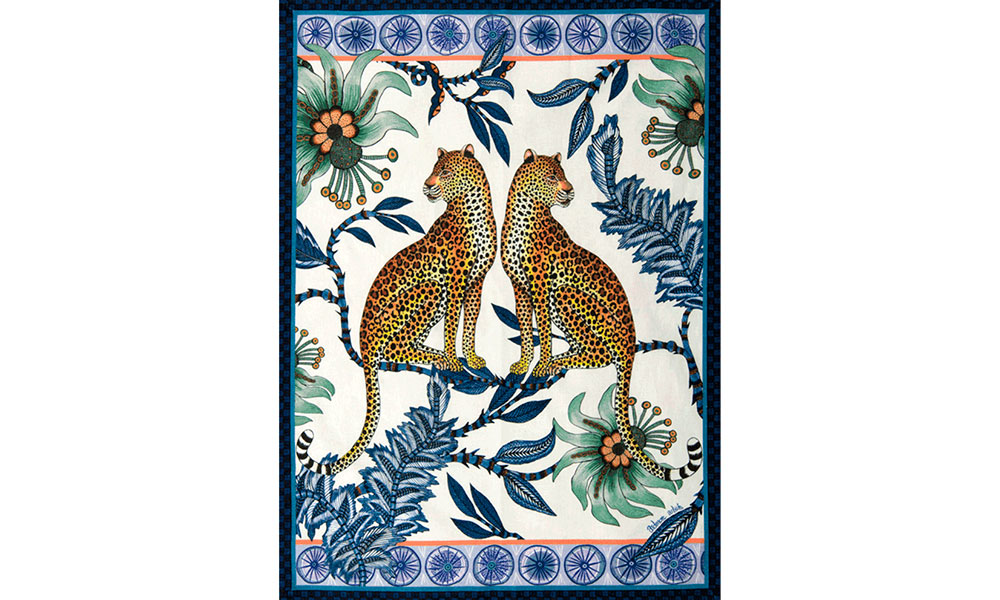
Lovebird Leopard Tea Towel

Monkey Paradise Tea Towel

Zebra Rider Tea Towel
Fée Halsted enjoys finding beautiful tea towels on her travels and was inspired to create a collection for Ardmore Design. They reimagine the unique imagery from Ardmore’s ceramic art and come in many vibrant colors and patterns.

Sabie Tea Towel

Pangolin Park Tea Towel
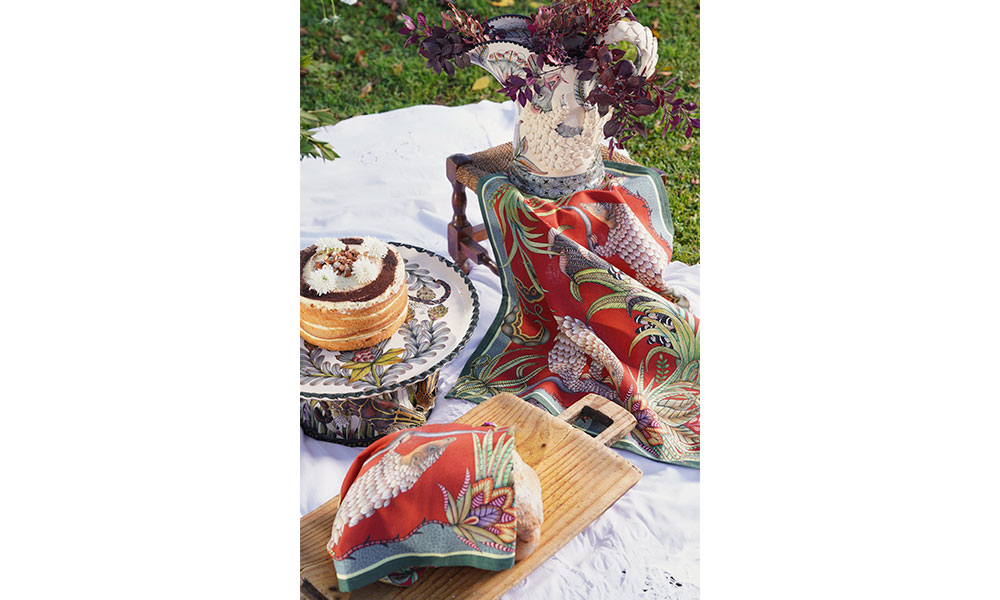
Pangolin Pair Tea Towel

Sabie Tea Towel
Tea towels make lovely Holiday gifts and can be used creatively to decorate baskets crammed with festive goodies. You can also use tea towels to wrap gifts Furoshiki style as in Japan. It is a beautiful eco-friendly alternative to wrapping paper – two gifts in one! Fabric tea towels are also more environmentally friendly than one-time-use paper towels.
Check out the wide variety of Ardmore designs available for sale at the WMODA Museum Shop. For more details, email [email protected] or call 954-376-6690.
